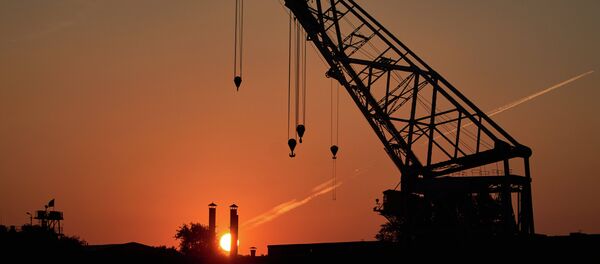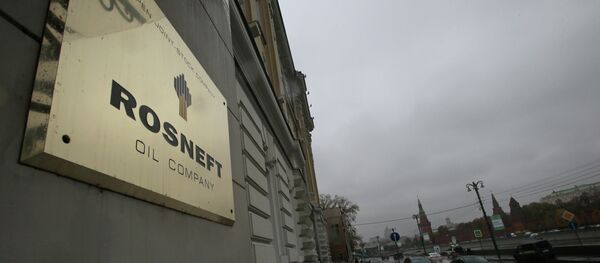The report was produced for the WPC by Norwegian energy consultancy firm Rystat Energy. There, Project Manager Jon Marsh Duesund told the daily newspaper Izvestiya that the greatest growth will occur after 2020, when the analysts expect the price of oil to be $100 per barrel and spur greater production.
The main drivers of growth for Russian hydrocarbon production in the Arctic will be the Sakhalin projects in the Sea of Okhotsk, the Shtokman field in the Barents Sea, and the Prirazlomnoye and Dolginskoye fields in the Pechora Sea, the licenses for which are held by state-run Gazprom and its subsidiary Gazprom Neft. A total 68 licenses for Arctic shelf exploration are held by the Gazprom conglomerate, while another 51 licenses are held by Rosneft, also state-run.

According to the WPC, two of the three most promising sites for the extraction of hydrocarbons belong to Russia. The Arctic shelf blocks in the Kara Sea have the most prospects, with potential reserves of more than 90 billion barrels [of which 18 billion has been extracted], followed by fields in the Barents Sea and Pechora Sea, where there are reserves of 55 billion barrels [30 billion extracted]. In third place is the US territory of Alaska, with reserves estimated at 38 billion barrels, three billion of which has been extracted.
In fourth place is Russia's oil fields in the East Siberian Sea [20 billion barrels] and the Barents Sea oil fields, which hold a potential 20 billion [five billion already extracted] shared between Russia and Norway. The report from the WPC estimates that in 2030, around 80 percent of the Arctic's hydrocarbon reserves will have remained unexplored.






